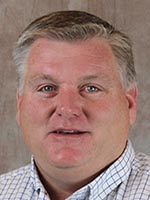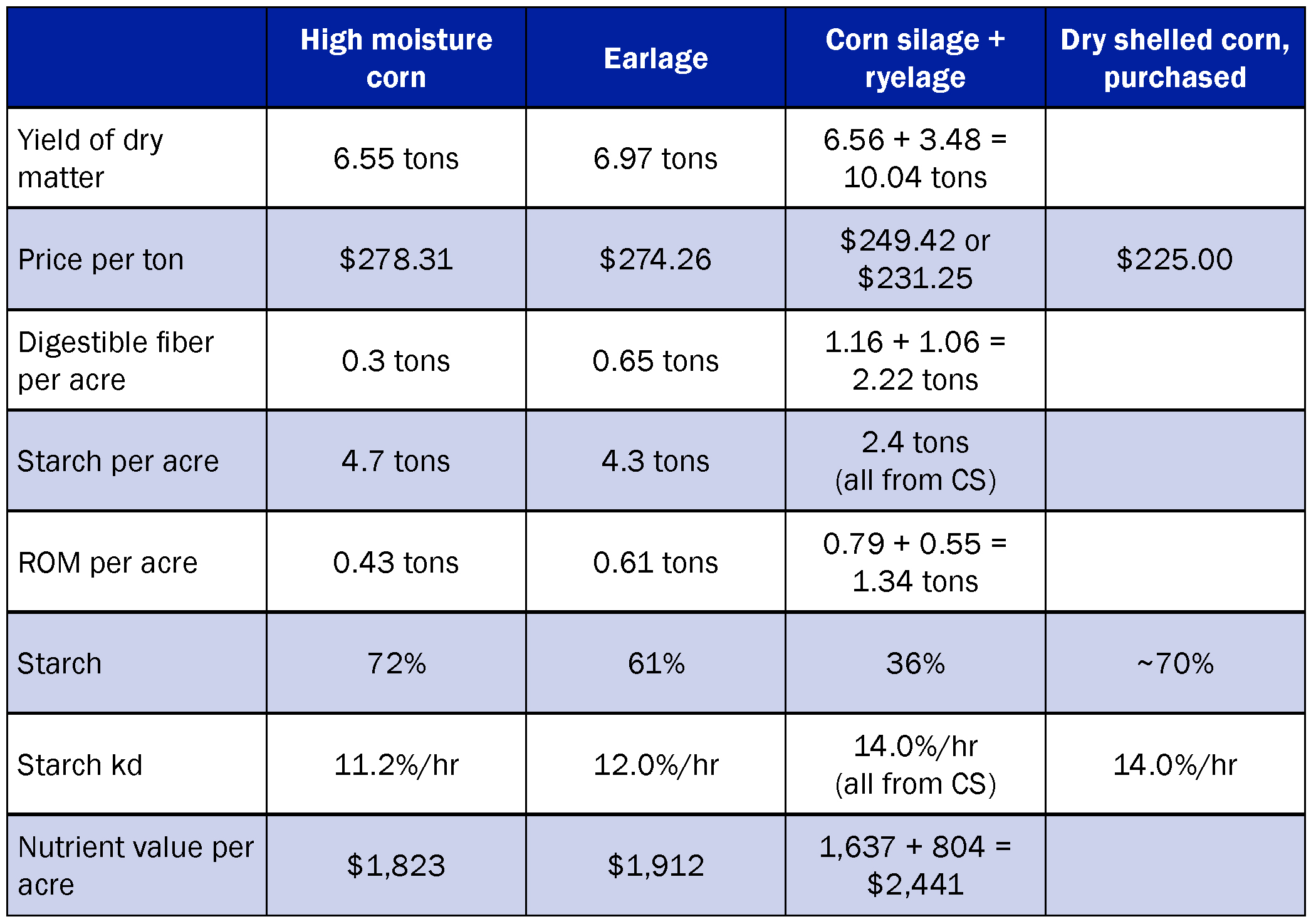
A Forage Efficiency Audit helps compare crops
 By Michelle Chang-Der Bedrosian, Steve Murty, and Cody McCary, Vita Plus
By Michelle Chang-Der Bedrosian, Steve Murty, and Cody McCary, Vita Plus
Choppers are in the shed, crops are stored and it is time to assess your harvest success – which includes the economics of your crops. A new tool can help you compare the value of the crop you harvested to the potential value of other crops you could harvest on the same acreage, such as high moisture corn (HMC), earlage or corn silage.
Putting the tool to use
In 2023, a producer in Iowa planted various corn hybrids, including two conventional and seven Enogen® hybrids, next to each other. He harvested the first pass on each hybrid as high moisture corn. On the same day, the second pass on each hybrid was harvested as earlage. One of the hybrids also was grown as corn silage in a rotation with ryelage. For the purposes of this article, these two crops will be combined into one value, considering the yield per acre over the entire year. Each hybrid and crop were analyzed for nutrient composition, and yields were recorded.
Vita Plus forage consultants conducted a Forage Efficiency Audit on these acres. The Forage Efficiency Audit is a proprietary tool to help determine homegrown forage production efficiency. This tool calculates the value of nutrients harvested based on the local commodity markets, crop yields and field nutrient data. We can then calculate a price per ton for crops that were grown (see below). This price per ton is the combined value of the individual components (fiber, starch, protein and residual organic matter).
 The starch content, which drives nutrient value per ton in these crops, was highest in HMC, followed by earlage, and lowest in the ryelage/corn silage rotation. However, the residual organic matter (ROM, a highly valued soluble portion of the crop, which includes sugars and pectins) was opposite: ROM was highest in the ryelage/corn silage rotation, followed by earlage, and lowest in HMC. This combination results in the price per ton being similar between HMC and earlage. What lacked in starch was made up for in ROM and digestible fiber.
The starch content, which drives nutrient value per ton in these crops, was highest in HMC, followed by earlage, and lowest in the ryelage/corn silage rotation. However, the residual organic matter (ROM, a highly valued soluble portion of the crop, which includes sugars and pectins) was opposite: ROM was highest in the ryelage/corn silage rotation, followed by earlage, and lowest in HMC. This combination results in the price per ton being similar between HMC and earlage. What lacked in starch was made up for in ROM and digestible fiber.
Most farmers agree that it’s easier to purchase dry shelled corn as a proxy for starch versus purchasing commodities high in digestible fiber. The ryelage/corn silage rotation offered the highest nutrient value per acre because it offered the highest overall yield, compensating for the fact that the price per ton was lower than HMC and earlage. These results do not consider input costs, such as seed, fuel and labor.
The Vita Plus Forage Efficiency Audit is a tool that has proven itself to be helpful in evaluating best practices for a farm’s forage management.
For more information, or to learn how this tool can be used on your farm, contact a Vita Plus nutritionist or forage specialist.
| Category: |
Forage Foundations |

